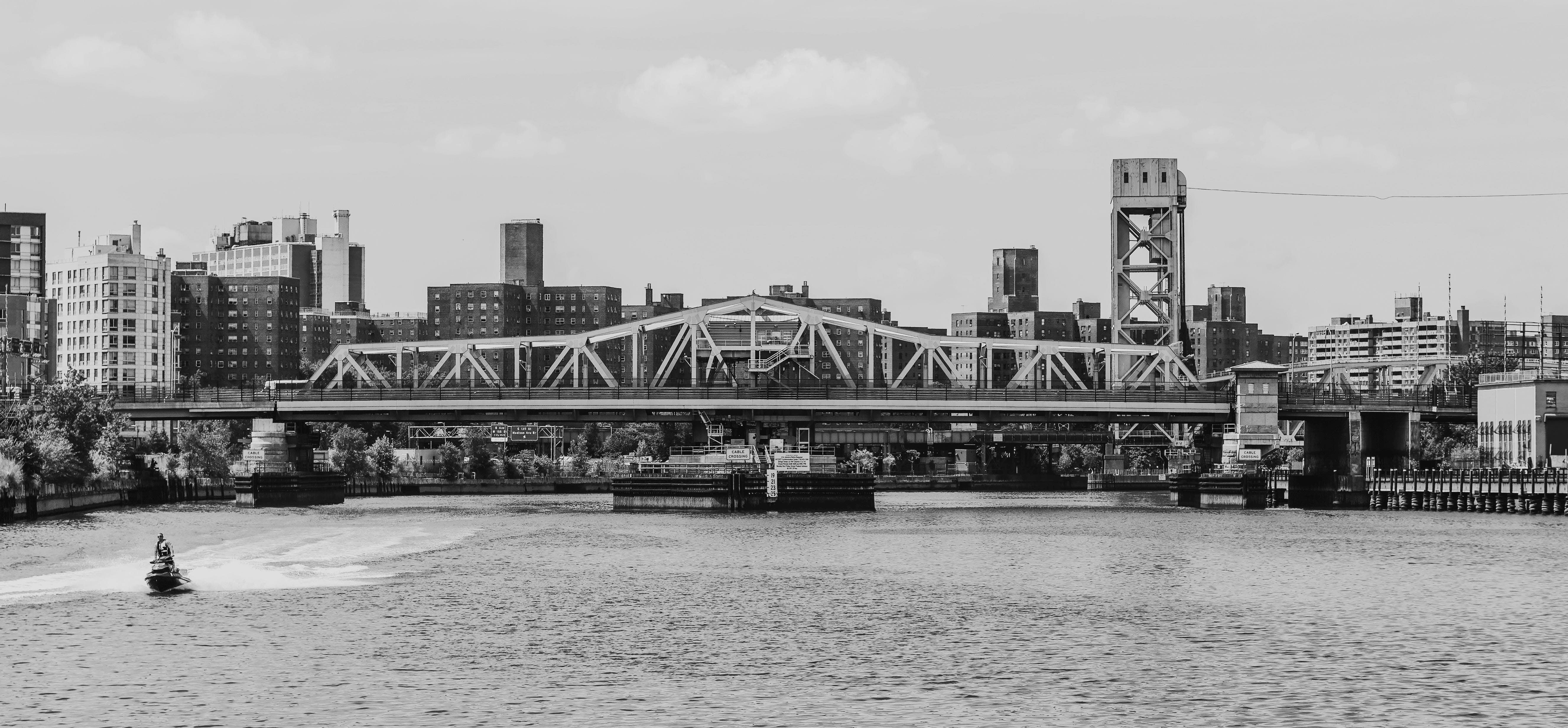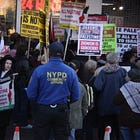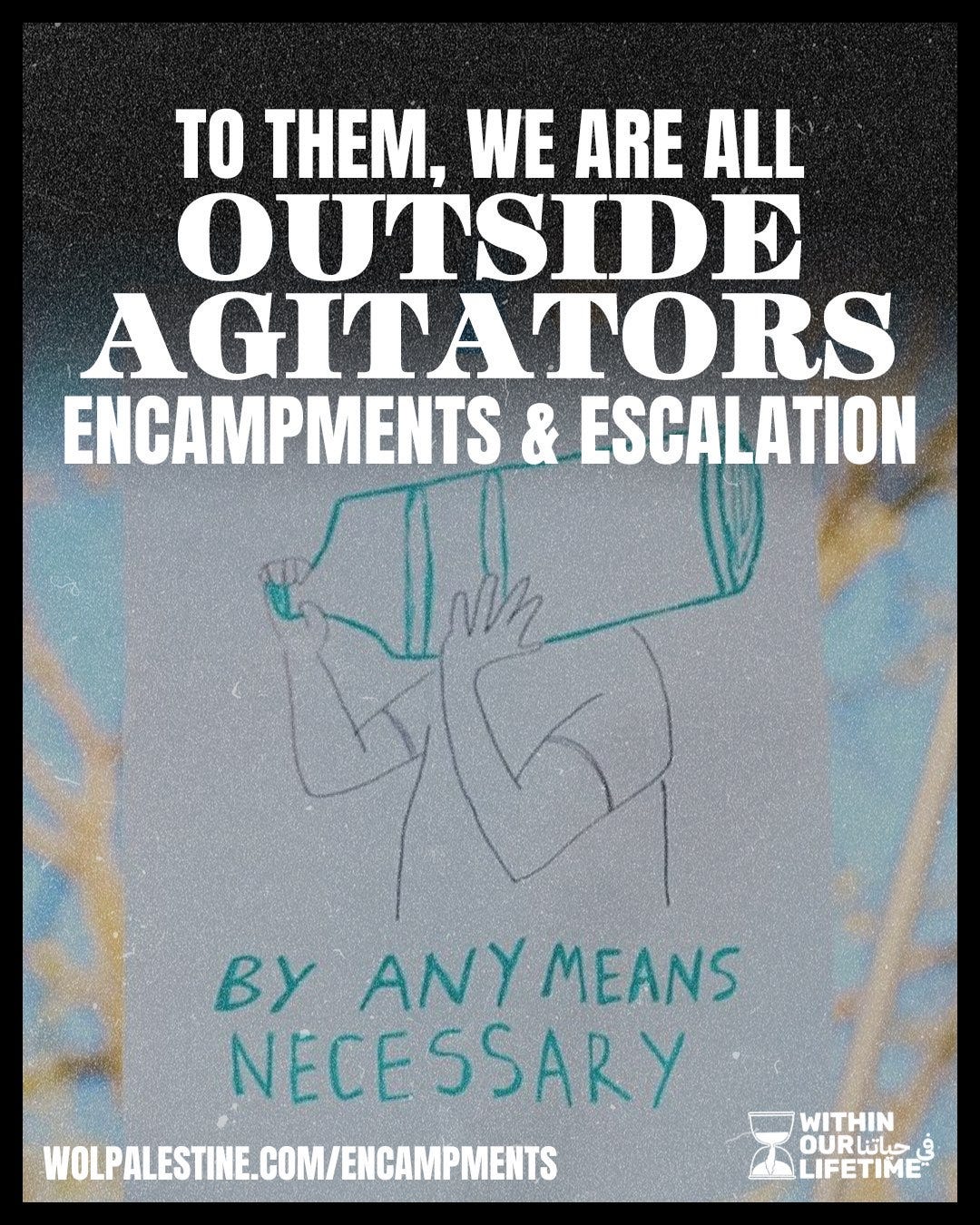New York City’s infrastructure is crumbling.
Trying to understand what is happening in our city
Two weeks ago, at around 2:40 p.m., the Third Avenue Bridge got stuck in its open position.
Temperatures across New York City were over 92 degrees Fahrenheit on Monday, July 8, part of the heatwave sweeping North America. The steel that allows the bridge to rotate horizontally overheated and expanded after it opened, unable to move for about 90 minutes. No traffic moved, southbound or northbound, over the bridge while it was stuck.
The bridge opened in 1898 and underwent construction from 2001 to 2005. It goes over the Harlem River and is one of many bridges connecting us to Manhattan. Over 50,000 drivers move over the bridge daily. According to the New York City Department of Transportation, the swing bridge opened for 93 vessels between 2000 and 2014.
Like many New Yorkers I have traveled over it countless times—in Ubers or with friends or family because I don’t like driving. Younger me believed it, and so many of New York City’s infrastructures, was indestructible; that our trains, roads, buildings, buses, streets, and institutions would just always….be.
New York City’s infrastructure is crumbling.
In the first six months of 2024, trains have derailed; roads have flooded; citizens have lost power.
Since December, building walls have collapsed in all five boroughs. Part of a building fell in the Bronx last December. This year, two building walls collapsed in Brooklyn. A partial collapse occurred in Manhattan and another in Queens. Two partial collapses occurred in Staten Island.
On June 17, New York City’s Rent Guidelines Board voted to raise the rent for one million rent-stabilized apartments. The increases will go into effect on October 1.
For leases that began October 2023 through September of this year, rent will go up 3% for renters with a one-year lease; and for renters with a two-year lease, the rent will go up 2.75% the first year and 3.20% the second year. For those starting October 1, 2024, 2.75% for one-year leases and 5.25% for two-year leases.
In April, Within Our Lifetime released a statement on the student encampments happening around New York City, titled “To Them, We Are All Outside Agitators: Encampments & Escalation.”
It begins:
After over 40,000 martyrs, seven months, and 75 years, the movement to Free Palestine in the imperial core has reached a watershed moment. We have been marching, chanting, engaging in mass protest and direct action for decades, trying to show the world that our people in Gaza are worthy of life as they bear witness to 75 years of genocide. Yet it was the steadfastness of the Palestinian people and their resistance forces who won the support of the global majority.
They name the hopes and joys of pro-Palestinian solidarity, including the physical ways people are stopping the transport of weapons to Israel.
They name the increase of state and police repression against solidarity efforts and resistance occurring since October 7; for over 75 years. Violent arrests, taking off of hijabs, helicopters, drones, forced hospitalizations, harassment. (Earlier this year, W.O.L. also published, “The Crackdown on Palestine: Unveiling NYPD’s Repression Tactics.”)
“To Them We Are All Outside Agitators” describes settler, Zionist violence and how it continues evolving, always committed to the total genocide of Palestinians. It discusses escalation training, police violence, people power, and revolutionary student movements in the Phillippines.
Student encampments or protests have occurred at The New School, New York University, Columbia, City College, Fordham University, and the Fashion Institute of Technology. As pro-Palestinian solidarity continues, W.O.L. describes the need for these spaces to be grounded in the local struggles of Black and Brown New Yorkers.
“Our encampments exist in a city that is plagued by displacement, hunger, and state violence. If we limit our encampments to students alone, and on narrow demands that ignore the material context where we live—where our neighbors struggle and die—we are bound to fail.”
The group rejects the state and mainstream media’s students-versus-outside agitators framing, reminding us that the struggles inside NYC campuses are connected to our community struggles. They point to historic examples of students at NYC schools working with communities throughout the boroughs, from high school students walking out to encampments at CUNY to the 1968 student protests against Columbia’s connections to the Vietnam War.
“We Are All Outside Agitators” deeply encourages local community struggles engaged in learning and building together, rooted in the material realities of New Yorkers, empowering us to “share our struggles, understand we have a common enemy and build our respective capacities to fight them on and off the campus.”
Our city’s structures are crumbling while our rent and food costs are rising. The state is more and more militarized against us.
Yet we are still here.
What is survival for us? How have we survived displacement and fires and collapses and decay in the Bronx and New York City?
What conversations and actions centered around food, land, water, and security must we have with one another?
How will we learn from each other?
What does it mean to learn from our histories and “lessons that have been synthesized decades ago by revolutionaries in the United States and elsewhere?”
What is resistance?
This post was updated on July 23, 2024, at 6:12 p.m.










